The elegance of champagnes
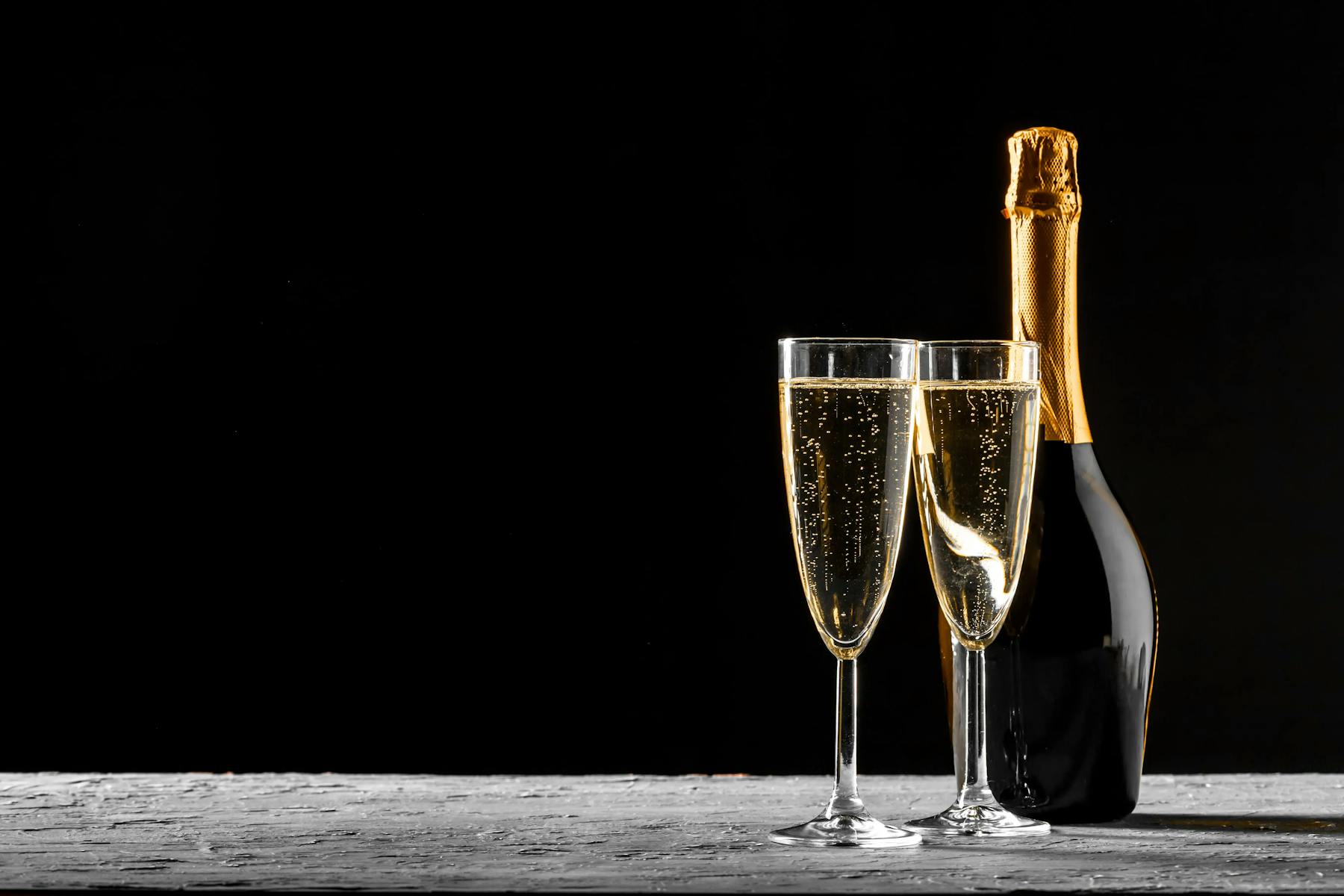
The terroirs of Champagne
Located in the north-east of France, Champagne is one of France's most prestigious wine-growing regions, encompassing the departments of Marne, Aube and Aisne. It is world-famous for its emblematic sparkling wine of the same name: champagne.
Soils
Champagne, a land of wine-growing excellence, owes much of its renown to its unique soils. Indeed, its soils bear witness to a long geological history that gives the region's wines their distinctive character.
In the heart of Champagne, you'll find chalky soils made up of marl and limestone. This terroir, the result of millions of years of geological activity, offers ideal conditions for growing the region's emblematic grape varieties. The chalk, which is abundant in the soil, ensures effective drainage, allowing the roots to grow deep and access essential minerals, while the limestone lends a minerality to the Champagne wines.
Variations in the composition of the Champagne region's soils give rise to a diversity of crus and styles of champagne. Vineyards planted on the limestone slopes of the Côte des Blancs produce elegant, fine wines, dominated by Chardonnay. On the other hand, the clay-limestone soils of the Montagne de Reims and the Vallée de la Marne favour the development of pinot noir and pinot meunier, giving rise to full-bodied, complex champagnes, often used in blends to provide structure and richness.
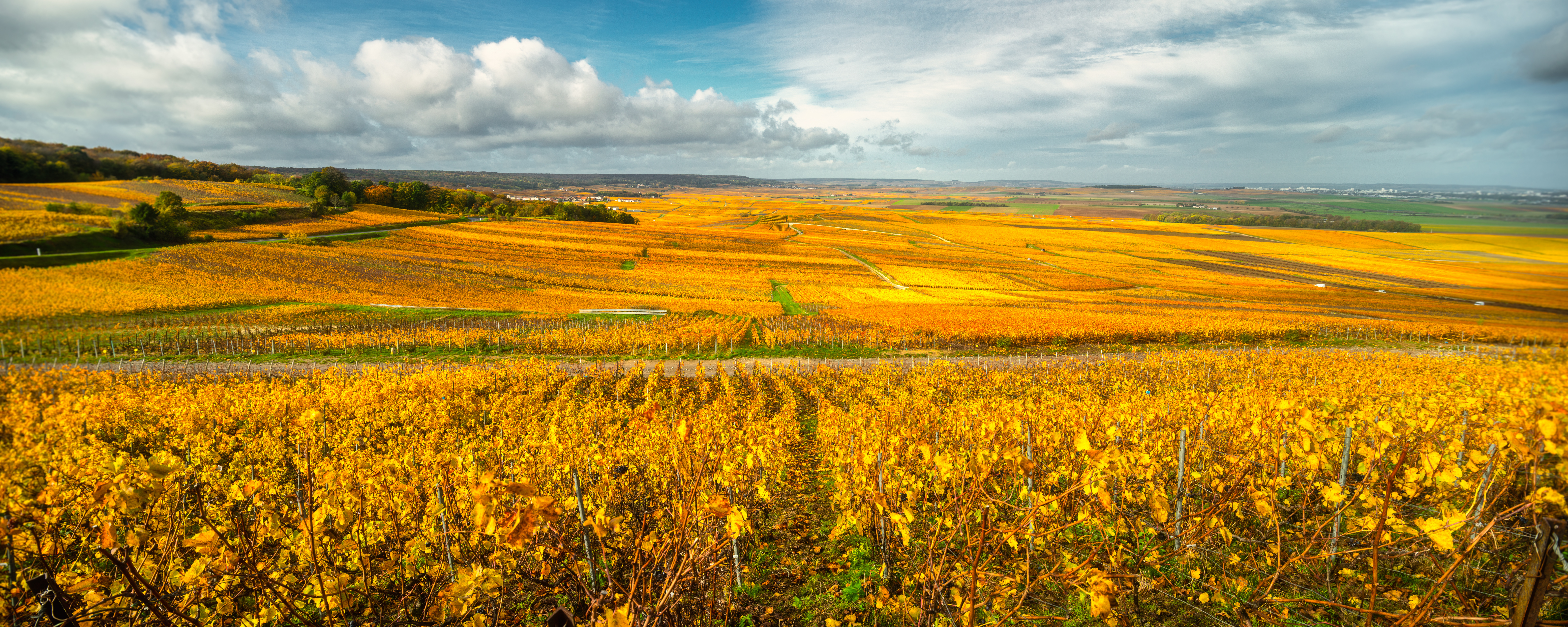
Climate
The Champagne terroir is influenced by two distinct types of climate, oceanic and continental, which sets it apart from other French vineyards. This climatic duality creates a tension between two opposing climatic logics: thanks to the oceanic influence, the vineyards enjoy relatively moderate conditions, with mild winters and temperate summers, with an average annual temperature of 11°C.
In summer, the vineyards enjoy generous amounts of sunshine, favouring the development of the grapes. In addition, regular but moderate rainfall throughout the year provides an almost ideal water supply for Champagne grapes.
Geographical location
The geographical location of the Champagne vineyards also contributes to the diversity of the terroirs. The region is divided into several distinct zones. Champagne is situated between Picardy, Lorraine, Burgundy and Île-de-France, and extends across 5 major wine-growing regions:
- The Reims mountains
- The Marne Valley
- The Côte des Blancs
- The Côte de Sézanne
- The Côte des Bars
Each of these areas has unique geological, climatic and topographical characteristics, which are reflected in the wines produced there.
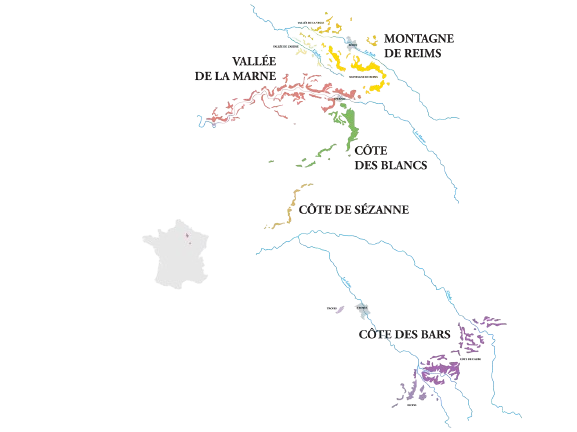
Key figures for Champagne
The emblematic grape varieties of Champagne
Champagne's reputation is built on the union of noble grape varieties, each making its own distinctive contribution to the sensory palette of the region's wines. Each grape variety lends its own unique character to Champagne cuvées, resulting in balanced blends that captivate palates everywhere.
- Chardonnay: this noble white grape variety is renowned for its finesse and elegance. Chardonnay gives champagnes a subtle freshness and delicate aromas of white fruit and citrus fruit, with a liveliness and well-balanced acidity.
- Pinot Noir: the region's emblematic red grape variety, it plays a crucial role in making champagnes with character. Prized for its tannic structure and complex red fruit aromas, pinot noir gives Champagne wines their richness, depth and ageing potential. It also adds spicy nuances and a structure that completes the blends.
- Pinot Meunier: another red grape variety widely grown in Champagne, it completes the trilogy of grape varieties emblematic of the region. Known for its suppleness and fruitiness, pinot meunier gives champagnes a pleasant roundness and soft fruit aromas, such as apple and pear.
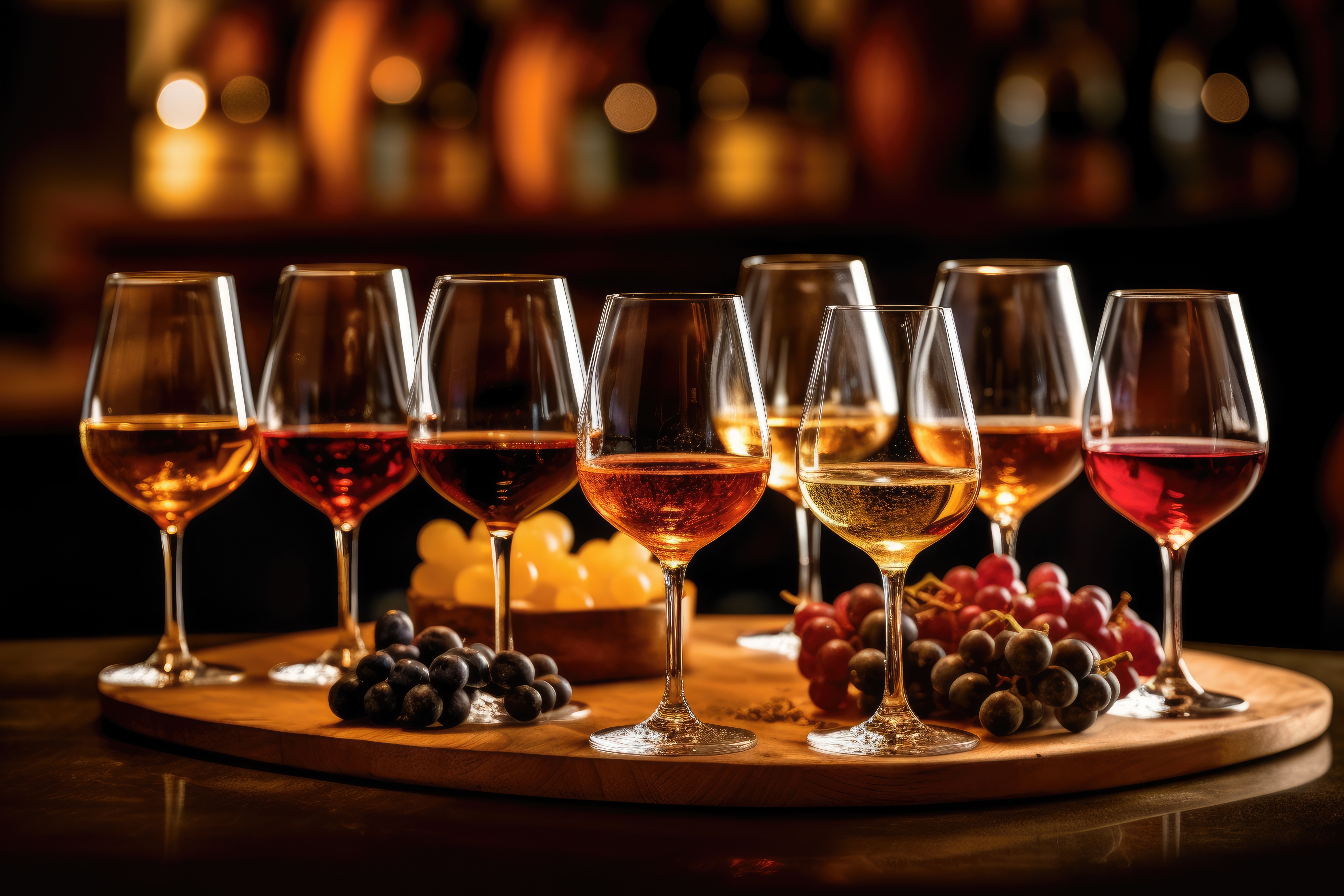
Champagne varieties
- Champagne extra-brut
- Champagne brut
- Champagne extra-sec
- Champagne sec
- Champagne rosé
- Champagne demi-sec
- Champagne doux
- Champagne millésimées
- Champagne blancs de blancs
- Champagne blancs de noirs
The stages in making champagne
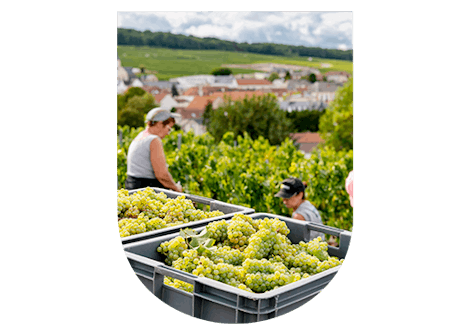
The grape harvest
It all starts with the grape harvest, usually at the end of September. The grapes used for champagne are generally harvested by hand to avoid damaging the berries.
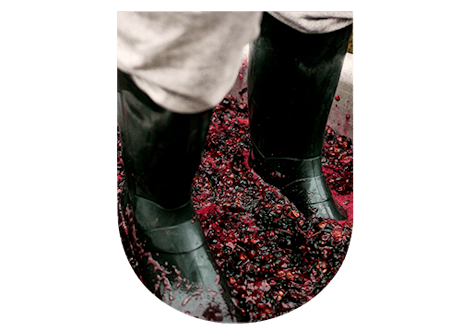
The pressing process
The grapes are gently pressed to extract their juice. To preserve quality, only the juice from the first pressings, known as the "cœur de cuvée", is used to produce champagne.
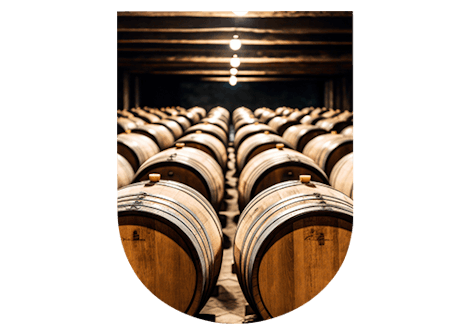
The alcoholic fermentation
The grape juice is then placed in vats to ferment. During this stage, the yeasts naturally present in the must convert the sugars into alcohol, producing a dry base wine.
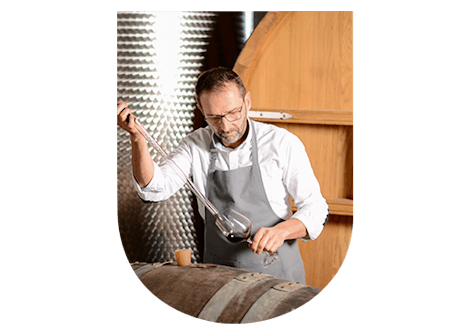
The blending
Blending is the art of mixing different base wines to create the desired flavour profile. The cellar masters use their expertise to combine wines from different grape varieties and different years to achieve the desired complexity and balance.
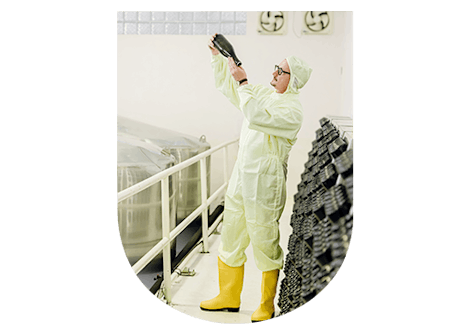
The "tirage"
A small amount of yeast and sugar is added to the base wine in a bottle. This step, called tirage, triggers a second fermentation in the bottle, which produces the characteristic bubbles of champagne.
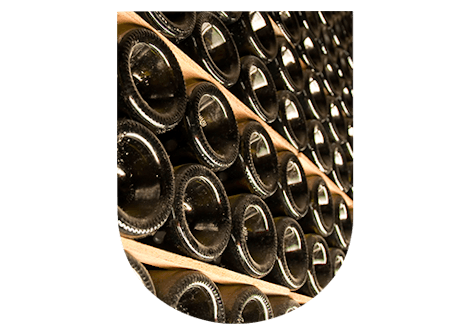
Maturation on laths
The bottles are then stored in underground cellars to age on laths. During this period, which can last several years, the yeasts transform the added sugar into alcohol and carbon dioxide, naturally creating the champagne's effervescence.
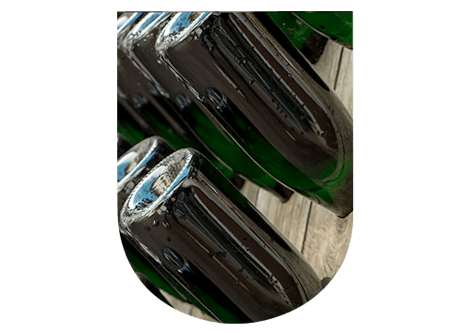
The stirring process
Once maturation is complete, the bottles are gradually tilted and turned daily in a process called stirring, to move the dead yeast to the neck of the bottle.
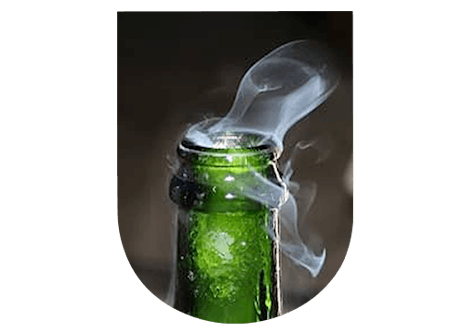
The disgorging
After stirring process, the neck of the bottle is immersed in an ice solution to freeze the dead yeast. The bottle is then opened to expel the frozen deposit.
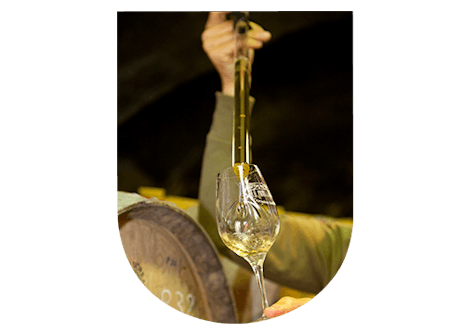
The "dosage"
Before the bottle is finally resealed, a small quantity of a mixture of wine and sugar, called "liqueur d'expédition", is added to adjust the sweetness level of the champagne.
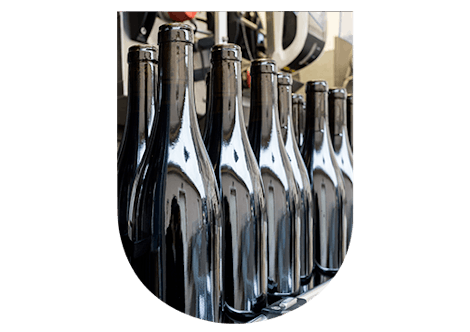
The final corking
Once the champagne has been measured out, it is corked and sealed with a wirehood to maintain the pressure.


